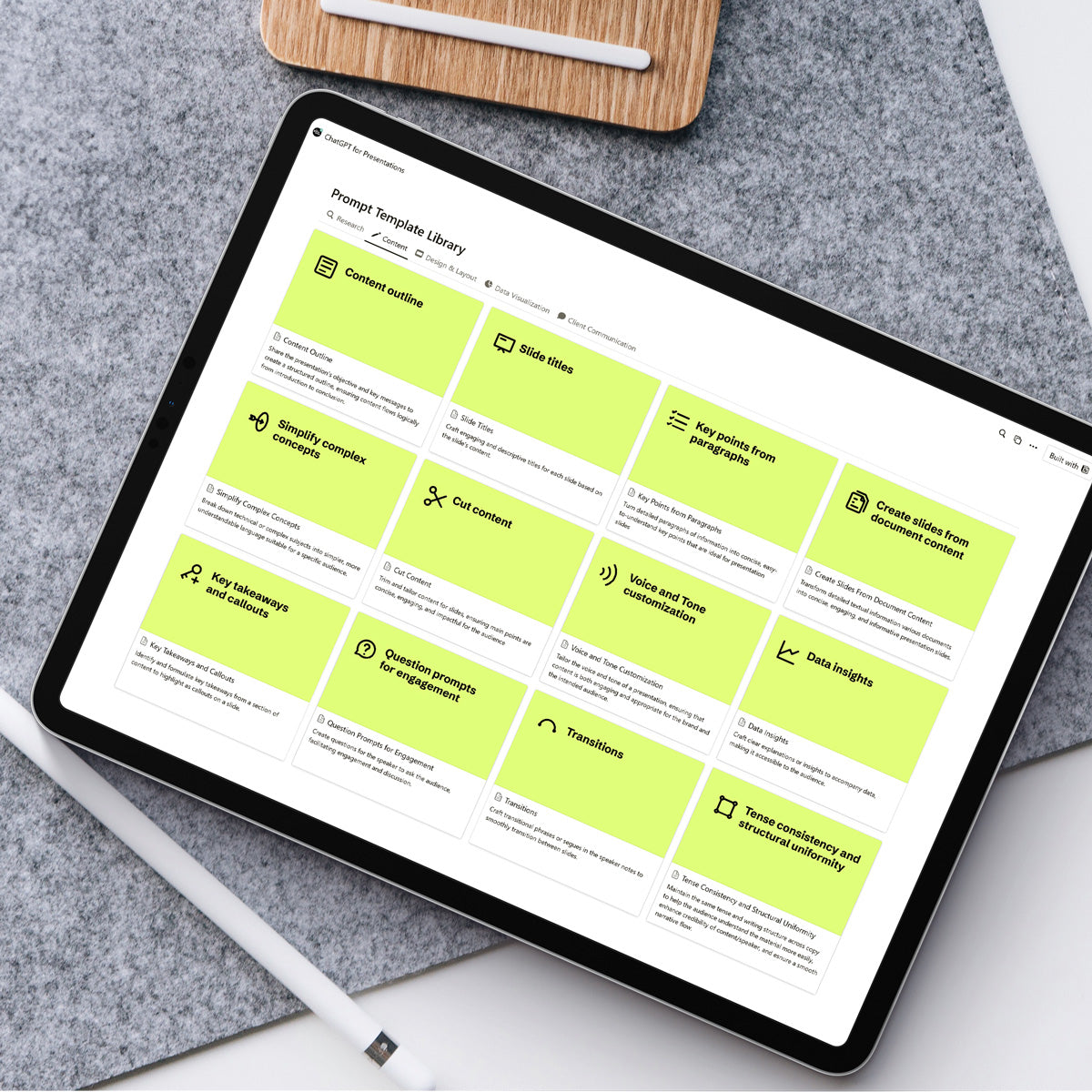Kick-Off Meeting
A kick-off meeting is held at the start of a project to align all team members, stakeholders, and participants on the project's goals, scope, roles, and timeline.
Kick-Off Meeting
A kick-off meeting is held at the start of a project to align all team members, stakeholders, and participants on the project's goals, scope, roles, and timeline.
What is it?
A kick-off meeting is the first meeting of a project where all the key participants come together to review the project’s purpose, scope, and plan. It’s a chance to make sure everyone understands their roles, the timeline, and how the project will be managed. It’s all about setting clear expectations before the work begins.
They’re important for larger and/or more complex projects because they provide structure and clarity at the very start of the project. Everyone involved can understand the plan, ask questions, and address any misunderstandings. It also ensures that expectations are consistent, which helps reduce confusion and inefficiencies as the project progresses
A typical kick-off meeting starts with introductions so people know who’s who and what their roles are. Then, the project goals are laid out—why we’re doing this and what we’re hoping to achieve. From there, it’s about clarifying the scope—what’s included, what’s not—and reviewing the timeline and key milestones so everyone knows the big dates to aim for.
Communication is a big part of it too, like deciding how the team will stay connected, whether that’s through email, Slack, or regular check-ins. The meeting also covers who’s responsible for what, so there’s no confusion about roles. And because no project is without its challenges, it’s a good time to talk about any potential risks and how they’ll be managed. Usually, there’s some open discussion at the end for questions or ideas, just to make sure everyone feels aligned before diving in.
Why it works
It ensures everyone understands the project’s goals, their roles, and the expectations for deliverables, reducing the risk of miscommunication or duplicate efforts later on. It also establishes a shared timeline and process for collaboration, which helps keep the team organized and on track. Without a kick-off meeting, projects are more likely to face delays, misunderstandings, or missed opportunities for input, making the entire process less efficient and cohesive.
When to use it
For presentation projects that involve collaboration across teams, high-stakes scenarios (like keynotes or investor pitches), complex or data-heavy content requiring coordination, or cross-functional input from multiple departments or stakeholders. For client-facing presentations, a kick-off is warranted if goals, expectations, or processes require clarification beyond a standard brief.
Remember to
To ensure a successful kick-off meeting, prepare a clear agenda and share relevant materials ahead of time to keep everyone informed. During the meeting, set a collaborative tone, encourage participation, and stay focused on key topics like goals, roles, responsibilities, and the process for feedback and timelines. Afterward, follow up with a detailed summary to ensure alignment and keep the project on track.
Step-by-step
How to run an effective kick-off meeting
Prepare ahead of time by creating a clear agenda that outlines what will be discussed, gathering relevant materials, and sharing them with participants. make sure the right stakeholders are invited to the meeting.
Begin by welcoming everyone and introducing team members, their roles, and how they contribute to the project.
Clearly explain the purpose of the project and what success looks like. Connect the project’s objectives to the organization’s larger goals or the client’s needs.
The goal is to explain "what's going on"—to provide a clear understanding of the current state or context. Ask yourself: What is the current state or status quo? What does my audience already know?
Write 2–3 sentences that clearly explain the current state. This will be your foundation.
If you’re talking about a business problem, your situation might include things like: “Our sales have remained flat for three quarters despite increased marketing efforts.”
Goal: Provide just enough context for your audience to understand the starting point. Make it familiar and relatable.
Clarify each team member’s role and their responsibilities for the project. ensure everyone understands how their contributions fit into the larger picture.
Present the project timeline with key deadlines and milestones. explain how communication will be managed and how feedback will be handled throughout the project.
Discuss potential risks or roadblocks the team might face. encourage participants to share concerns and collaborate on strategies to address them.
Allow time for participants to ask questions, clarify any uncertainties, and provide input to ensure everyone is aligned and confident moving forward.
Summarize the meeting by reviewing key takeaways and confirming the next steps. ensure everyone understands their immediate tasks and deadlines.
After the meeting, send a detailed summary to all participants, including key decisions, deadlines, and assignments, to keep the project on track and ensure accountability.

Download the Notion template
Easily plan your kickoff meetings with this free Notion template.


